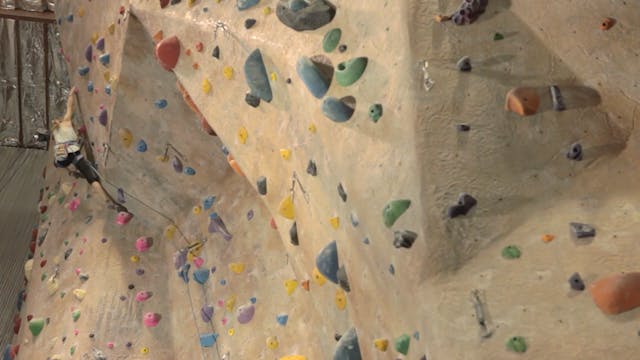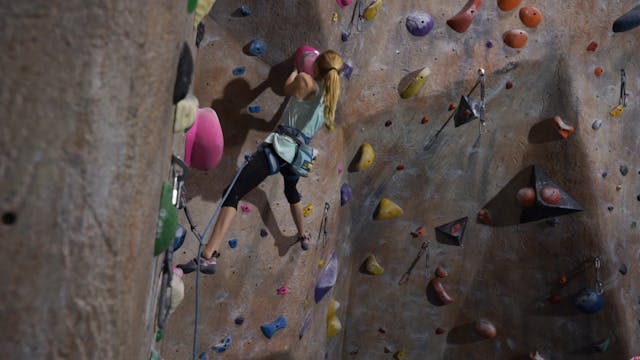Gym Lead Climbing: 4. Avoid Back-Clipping
Gym Lead Climbing
•
1m 28s
In this gym lead climbing video, we review the importance of avoiding “back-clipping”.
As part of proper rope clipping technique, the lead climber’s end of the rope is always clipped away from the wall, while the belayer’s end of the rope is on the inside of the wall. This offers the leader a clean fall path, away from the wall.
“Back-clipping” occurs when the lead climber’s end of the rope is clipped on the inside of the wall, and the belayer’s end of the rope on the outside. This creates potential for an un-clipping to occur (see demonstration in the video above).
So remember: when clipping into a quickdraw, always keep the climber’s end of the rope on the outside of the wall.
We hope you found this video helpful. Feel free to comment below with questions or thoughts!
Please remember, climbing is inherently dangerous. Climb at your own risk.
Up Next in Gym Lead Climbing
-
Gym Lead Climbing: 5. Avoid Skipping ...
It is important to avoid “skipping clips”. Some leaders climbers might consider skipping clips because they are brash or overconfident. Other lead climbers might mistakenly skip a clip because they have tunnel vision, or were not paying attention to the route direction. Either way, skipping clips...
-
Gym Lead Climbing: 6. Avoid Z-Clipping
Avoid “Z-Clipping”!
“Z-clipping” can occur when clips are positioned close to one another.
The mistake happens when a climber has clipped into a quickdraw, and while reaching down to grab the rope for their next clip, they mistakenly grab the belay side of the rope already clipped and clip ...
-
Gym Lead Climbing: 7. Climbing Overhangs
Tips to consider when climbing overhangs:
1. Identify the sequences - Climbs are broken out into parts, each with their own unique sequences. Try to identify the crux sections before you start climbing. This helps you to be prepared for each one.
2. Find rest spots - This allows you to slo...


